Key Takeaways
- Valve employees have hinted at a potential Steam Deck 2 launch in late 2025 or 2026.
- Pricing will be critical for the Steam Deck 2, with a possible price point of around $500 to remain competitive with other handheld gaming PCs.
- While there’s no definite word on the design and features of the Steam Deck 2, it’s expected to improve on the original and will probably have an OLED display. It’s likely to feature a Zen 4 and RDNA 4 or RDNA 3 processor.
There’s a lot of hype over the Steam Deck lately. This is partly thanks to Valve’s stealthy launch of the Steam Deck OLED and all the questions this raises about the possibility of a Steam Deck 2.
The Valve Steam Deck – whether we’re talking about the original LCD version or the shiny new OLED version – is one of the best handheld video game consoles on the market, offering many of the bells and whistles of PC gaming in a slim, handheld package.
It’s not the only handheld gaming PC on the market, though. Since its launch in February 2022, the Steam Deck has faced stiff competition from devices such as the Asus ROG Ally and Lenovo Legion Go.
This competition begs the question of how and when Valve will respond with a Steam Deck 2. Nothing is set in stone, but we can make some informed guesses about when the Steam Deck 2 will launch, how much it will cost, and what it will be like. Here’s everything we know so far.
Steam Deck 2 release date
Based on everything we know, a Steam Deck 2 will probably launch in late 2025 or sometime in 2026.
There are several reasons to think this, the least of which being that Valve employees have hinted at just such a potential launch period.
In September 2023, Valve programmer Pierre-Loup Griffais told The Verge that Valve only wants to change the performance level of the Steam Deck “when there is a significant enough increase to be had,” and that he doesn’t “anticipate such a leap to be possible in the next couple of years.”
In November 2023, Valve Product Designer Lawrence Yang told Bloomberg that the Steam Deck 2 will feature a “next generation” power upgrade but won’t be available for two or three years. Yang also told Axios, “In the next two or three years, we’re confident that something will be what we would consider appropriate for a proper Steam Deck 2 device.”
But while it might be two or three years until we see a Steam Deck 2, Valve hardware designer Yazan Aldehayyat assures us all (via Axios) that “there’s a road map ahead of us”.
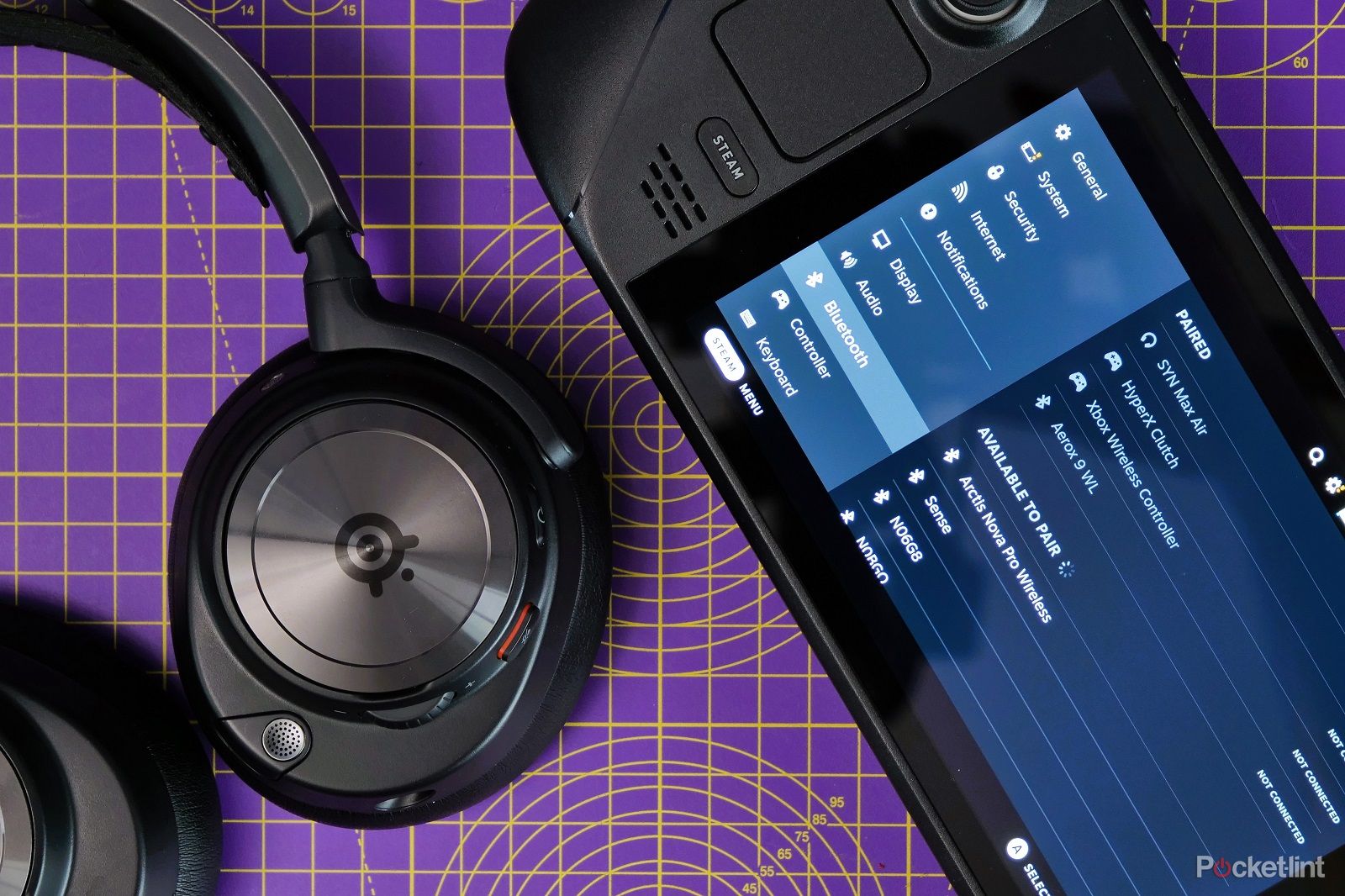 Steam Deck 2 price
Steam Deck 2 price
While we can’t know for certain, it would make sense for the Steam Deck 2 to cost about $500 upon launch.
The original Steam Deck launched for $399 (64GB version), $529 (256GB version), and $649 (512GB version). Back in July 2021, after announcing the Steam Deck, Valve president Gabe Newell told IGN that there was a need to be “very aggressive” with pricing as price-to-performance is a “critical factor” for mobile devices.
It’s safe to say that this much, at least, has not changed and won’t change by the time of a Steam Deck 2 launch. Price will still be critical for handheld devices.
Back when the original Steam Deck launched, handheld gaming PC competition was sparse and expensive. An Aya Neo, for example, would set you back $925 for the cheapest 512GB version.
Today, there’s more competition in the handheld gaming PC space.
For example, the Asus ROG Ally and Lenovo Legion Go offer better performance than the original Steam Deck thanks to their Ryzen Z1 chips and cost just $699 ($620 for the Ally, if we factor in its current discount). We can only assume that handheld gaming PC competition will be even stiffer in two years.
So, if Valve wants to price the Steam Deck 2 aggressively, it won’t be able to price it much higher than $500. But for the Steam Deck 2 to match the performance and features of its new competitors, Valve won’t be able to price it much below this figure, either.
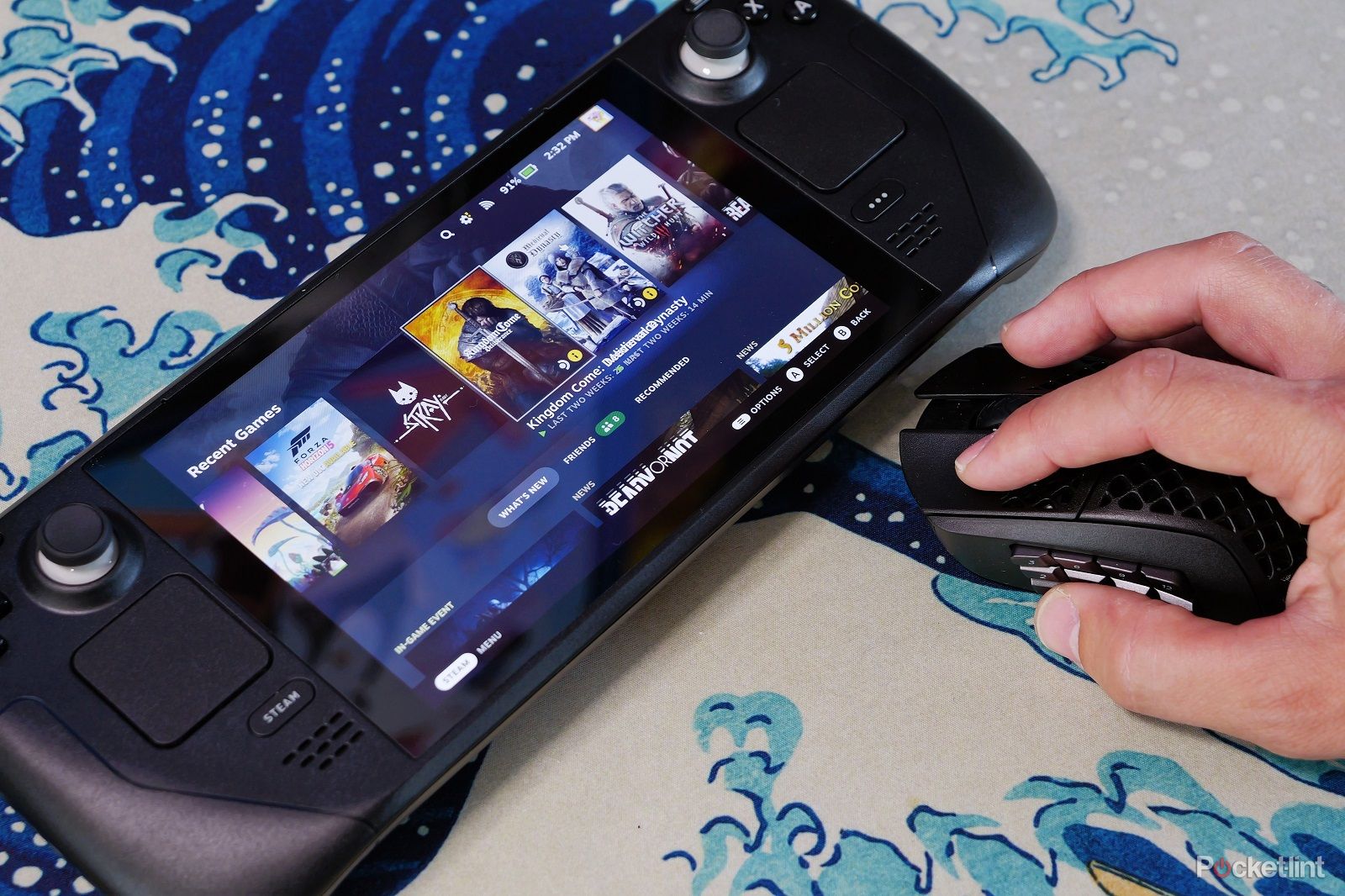 Design and features
Design and features
Right now, there’s no definite word from Valve on any potential design choices or features for a Steam Deck 2.
However, we can assume that the Steam Deck 2 will be looking to compete with other handheld gaming PCs, such as the Asus ROG Ally. And handhelds like the ROG Ally have some features that the original Steam Deck lacks, primarily in the display department.
Sure, the Samsung-built display on the OLED version of the Steam Deck offers a big improvement over the original’s display, but it doesn’t tick all the boxes that its competitors do. For example, the ROG Ally has a 120Hz refresh rate display, the original Steam Deck’s display runs at just 60Hz, and the Steam Deck OLED at 90Hz. The Ally’s display also maxes out at a higher 1080p resolution.
Display, then, is still one area where the Steam Deck 2 could do some catching up. And the fact that Valve launched the Steam Deck OLED shows that it knows and cares about this.
Apart from its display, we might expect more of the same – though perhaps improved – design and feature choices with the Steam Deck 2. For example, we can probably expect it to feature trackpads and docking station compatibility.
One addition that would be nice would be detachable controllers like those found on the Nintendo Switch and Lenovo Legion Go.
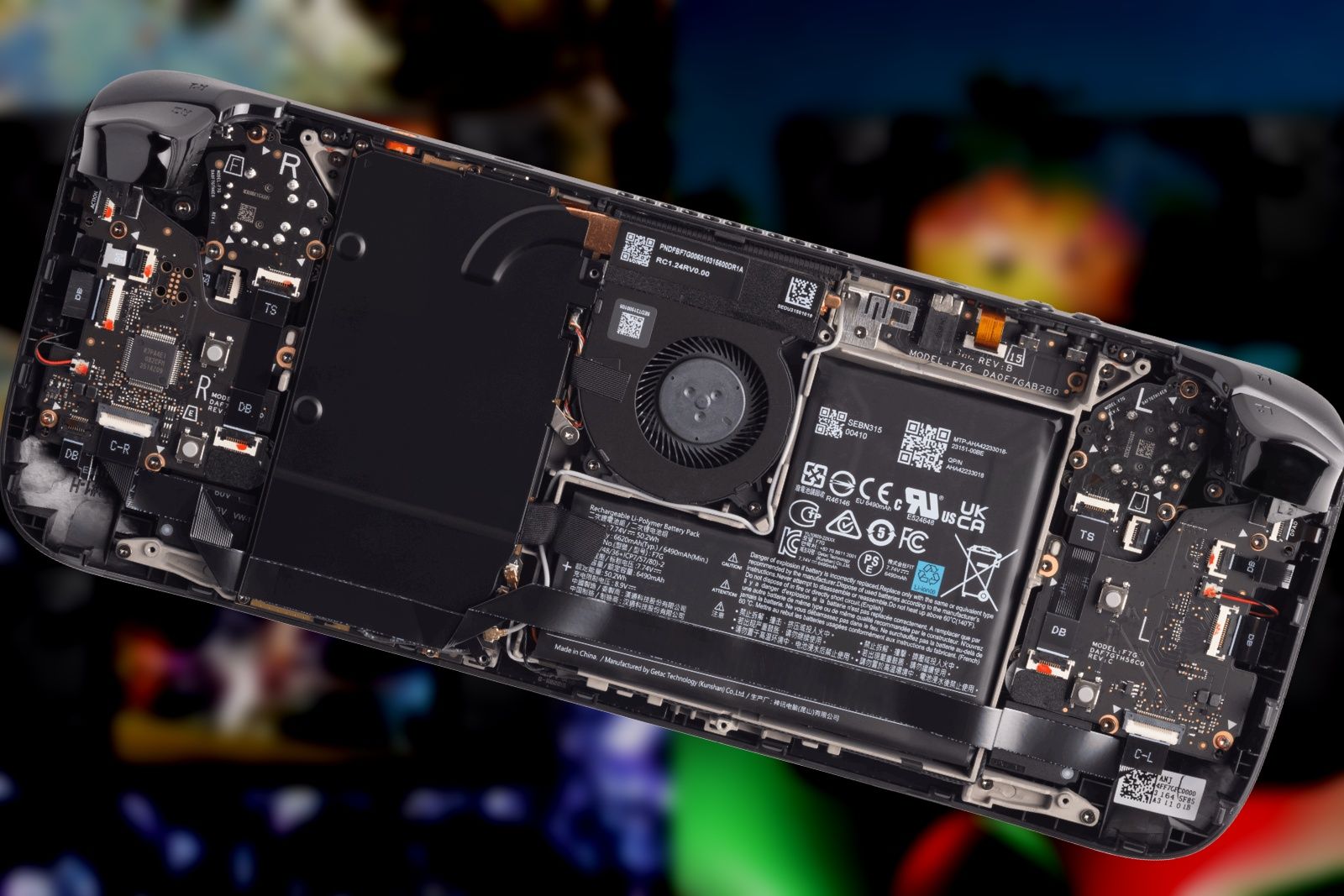 Tech specs
Tech specs
It’s a safe bet that the Steam Deck 2 will have significantly better hardware than the original Steam Deck. After all, Valve employees state that a second Steam Deck will have a next-gen power upgrade, which implies next-gen hardware.
While the original and OLED versions of the Steam Deck are made using different fabrication processes (the former a 7nm process, the latter a 6nm one), they both have essentially the same processor. Both feature an AMD ‘Van Gogh’ APU, which is based on AMD’s Zen 2 (CPU) and RDNA 2 (GPU) architectures.
Zen 2 and RDNA 2 are old news, now, though. We already see Zen 4, Zen 4c, and RDNA 3 architectures in the Z1 and Z1 Extreme processors of the ROG Ally and Legion Go. For the Steam Deck 2 to remain competitive, then, we can expect it to have at least a Zen 4 and RDNA 3 processor.
Depending on the Steam Deck 2’s launch date, we might see either an RDNA 3- or RDNA 4-based chip. The RDNA 3 graphics architecture launched in December 2022, and RDNA 4 is rumored (via TweakTown and VideoGamer) to launch at the end of 2024.
Tech leak YouTuber Moore’s Law is Dead reported on a leak that hints at an RDNA 3 GPU for the Steam Deck 2. But the original Steam Deck launched a little over a year after RDNA 2 chips hit the market, and a similar timescale would hold between RDNA 4 chips hitting the market in late 2024 and the Steam Deck 2 launching in 2025-2026.
So, if you ask us (forever optimists), a Steam Deck 2 will most likely feature a Zen 4 and RDNA 4 processor.
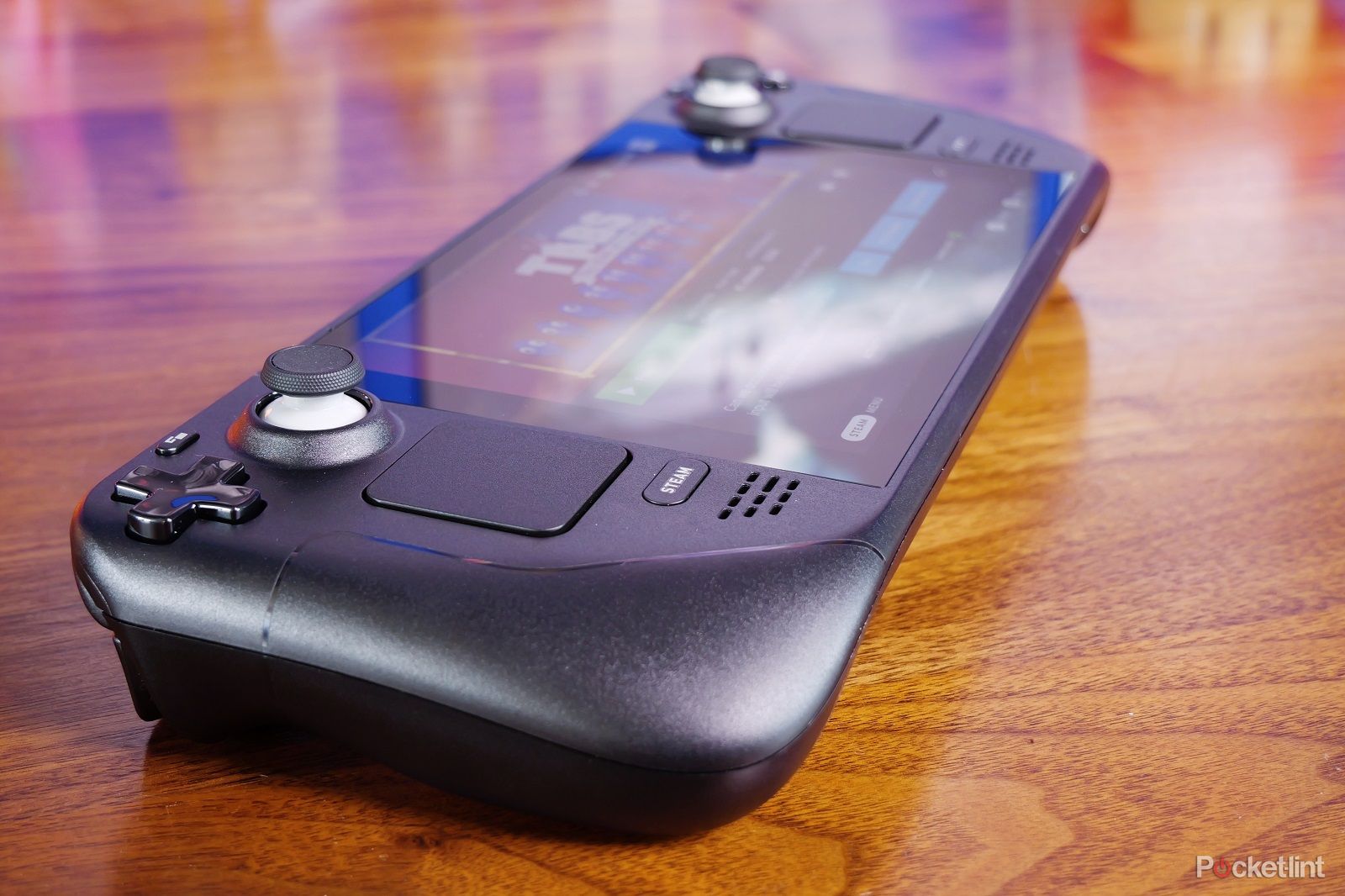 Performance
Performance
Whether the Steam Deck 2 uses RDNA 3 or RDNA 4 graphics, we can be pretty certain it will perform substantially better than the original Steam Deck.
This much, at least, is not only implied by current-gen handhelds like the ROG Ally and Legion Go but also by the words of some of Valve’s representatives.
Valve’s Pierre-Loup Griffais told the Verge the following.
“[C]hanging the performance level is not something we are taking lightly, and we only want to do so when there is a significant enough increase to be had. We also don’t want more performance to come at a significant cost to power efficiency and battery life.”
Valve’s looking for “significant” performance increases, then, and it doesn’t want battery life to take much of a hit. The Steam Deck 2 OLED’s improved power efficiency compared to the original Steam Deck (3-12 hours of battery life vs the original’s 2-8 hours) demonstrates Valve’s commitment to this.
As for what this will mean in practice for gamers purchasing a Steam Deck 2, providing the upgrade is as significant as Valve intends; it might make the difference between having to run the latest games at 30fps and being able to run them at 60fps. The ROG Ally already far outperforms the Steam Deck, and Valve might hope to reclaim ground by bringing out a Steam Deck 2 that outperforms the ROG Ally, in turn.
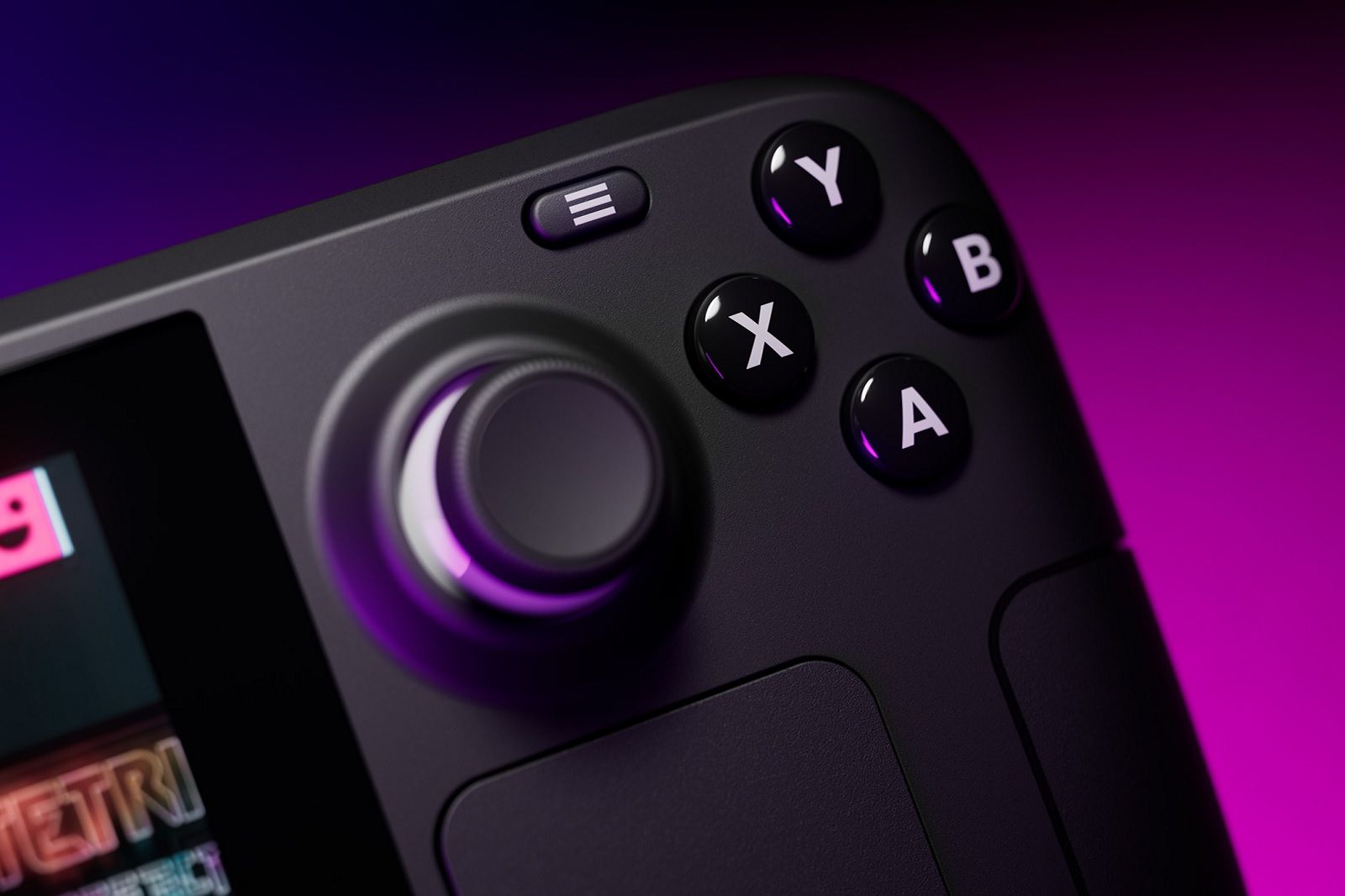 Steam Deck 2: What’s happened so far?
Steam Deck 2: What’s happened so far?
This is everything we’ve heard about the Steam Deck 2 so far:
13 November 2023: Valve is committed to a Steam Deck 2, which is likely to launch in two or three years
Valve Product Designer Lawrence Yang told Axios that there’s a “roadmap” ahead of them for the Steam Deck, and, “In the next two or three years, we’re confident that something will be what we would consider appropriate for a proper Steam Deck 2 device.”
9 November 2023: Valve launches the Steam Deck OLED
Valve officially launched the Steam Deck OLED, featuring a better screen, more storage, and better battery life than the original Steam Deck.
9 November 2023: There will be a Steam Deck 2 with a “next-generation” power upgrade
Bloomberg reported that Valve product designer Lawrence Yang confirmed that a Steam Deck 2 will be worked on now that the Steam Deck OLED is out and that it will feature “next-generation” power but won’t be available for at least two or three years.
6 October 2023: First hints at a Steam Deck refresh
Brad Lynch spotted an FCC certification for what looked like a Steam Deck with at least a new Wi-Fi card, hinting that there could be a new Steam Deck about to hit the market.
22 September 2023: There won’t be Steam Deck 2 for the next “couple of years”
A Va.lve employee told the Verge that they want a “significant enough increase” in performance before launching a Steam Deck 2, and that doesn’t seem likely to happen for the next couple of years.
14 March 2023: Adding an OLED screen to the Steam Deck would be difficult
Valve’s Pierre-Loup Griffais told PCGamer that adding an OLED screen to the Steam Deck for a refreshed version of the handheld console “would be a bigger amount of work than people are assuming it would be.” PCGamer and many others took this as a hint that there wouldn’t be an OLED refresh of the original Steam Deck.
Trending Products

Cooler Master MasterBox Q300L Micro-ATX Tower with Magnetic Design Dust Filter, Transparent Acrylic Side Panel, Adjustable I/O & Fully Ventilated Airflow, Black (MCB-Q300L-KANN-S00)

ASUS TUF Gaming GT301 ZAKU II Edition ATX mid-Tower Compact case with Tempered Glass Side Panel, Honeycomb Front Panel, 120mm Aura Addressable RGB Fan, Headphone Hanger,360mm Radiator, Gundam Edition

ASUS TUF Gaming GT501 Mid-Tower Computer Case for up to EATX Motherboards with USB 3.0 Front Panel Cases GT501/GRY/WITH Handle

be quiet! Pure Base 500DX ATX Mid Tower PC case | ARGB | 3 Pre-Installed Pure Wings 2 Fans | Tempered Glass Window | Black | BGW37

ASUS ROG Strix Helios GX601 White Edition RGB Mid-Tower Computer Case for ATX/EATX Motherboards with tempered glass, aluminum frame, GPU braces, 420mm radiator support and Aura Sync









